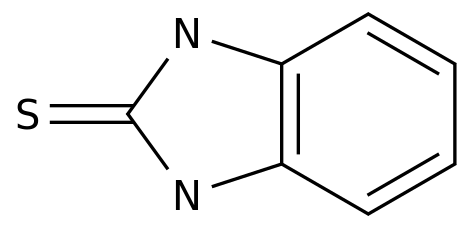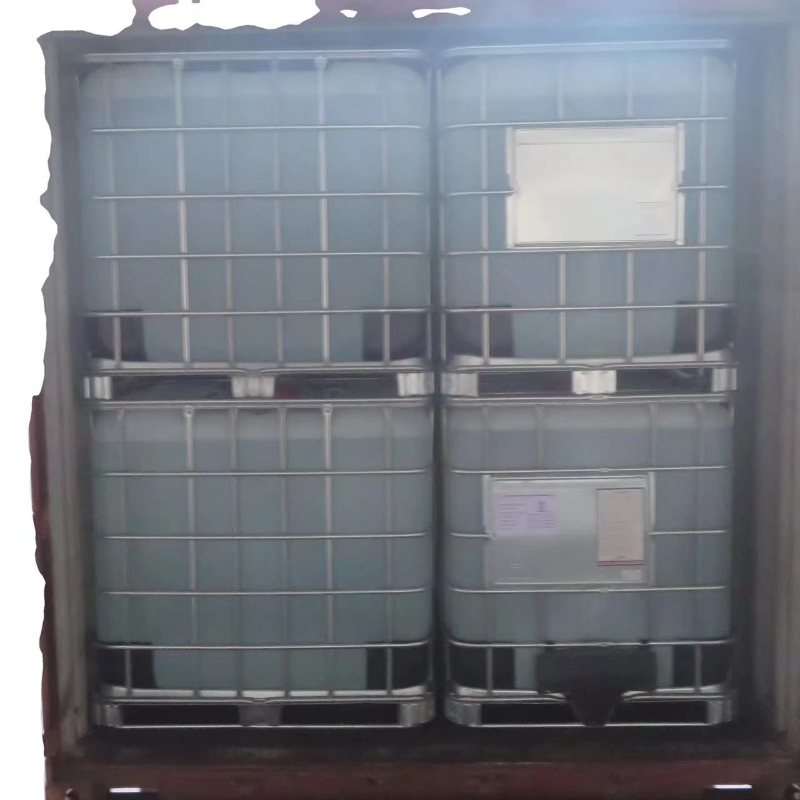Sci Adv: China and the United States jointly developed a new cytosine base editor that eliminates bystander mutations.
-
Last Update: 2020-07-27
-
Source: Internet
-
Author: User
Search more information of high quality chemicals, good prices and reliable suppliers, visit
www.echemi.com
!---- introduction: Researchers in China and the United States have developed a new, more accurate cytosine base editor (CBE) that eliminates the problem of bystander mutations, at the same time, the percentage of perfectly modified alleles increased by more than 6,000 times compared to bebe4max, the current basic editor available, and the proportion used for disease correction increased by more than 600 timesthe study was published in Science Advancesresearchers say that while CBE can achieve effective cytosine-to-thorium (C-T) on the target gene base without double-stranded fractures, the current CBE has edited all C in its active window, producing undesirable bystander mutationswhen Bystander C is adjacent to target C, the existing basic editor will edit both Cs at the same timeto improve the accuracy of the CBE, the researchers engineered the human APOBEC3G (A3G) deaminase into three variants and combined it with Cas9 incisionasea3G-BE exhibited selective editing of the second C in the 5'-CC-3' base sequence in human cells, replacing it with c-T associated with a single disease with high precisionvarious deaminoases (APOBEC enzymes) in vertebrates mediate the prevention of infection seditulations or reverse-seat infections by replacing C in viral complementary DNA with U, suggesting that these cytosine deaminases may have a unique preference for specific sequence synthases to distinguish DNA sequences from natural hostsresearchers found that human APOBEC3G (A3G) is a candidate for the development of sequence-specific BeEs in multiple C environmentsthey characterized and engineered the A3G-BE variant to effectively edit a single C at the endogenous site of the HEK293T cell, resulting in three novel variants: A3G-BE4.4, A3G-BE5.13 and A3G-BE5.14they show high editing efficiency and precision in the context of CC basefurther analysis showed that although A3G-BE4.4, A3G-BE5.13 and A3G-BE5.14 were selectively edited at the second C in the CC base sequence at all the sites tested by the researchers, The A3G-BE4.4 showed a narrower editing window for the other two variantsfurther testsshow that all three variants have consistent and broad basic editing activity windows, but their primary editing efficiency varies - A3G-BE5.13 is the most effective, followed by A3G-BE5.14 and A3G-BE4.4to test A3G-BE in a disease-related context, they are trying to accurately generate snps that have reported human pathogenic diseasesthe researchers chose three genetic variants caused by C-T substitution, in which the wild sequence was located within the priority 5'-CC-3' base sequence of A3G-BEs, including cystic fibrosis, hyperpermeable myopathy, and thyroxine protein amyloidthey constructed individual sgRNAs for sites associated with these diseases and transfected them into HEK293T cells with BE4max, A3G-BE4.4, A3G-BE5.13, and A3G-BE5.14 directly compared the modified allele frequency with BE4max, the results showed that in all three models, the proportion of A3G-BEs-induced fully modified allele genes was much higher, while A3G-BE5.13 obtained the highest proportion of fully modified alleles (36%) in hyperpermeable myopathy all A3G-BEs are able to efficiently produce the required allele (more than 35%) for thyroxine protein amyloid degeneration, while BE4max is unable to edit target C because it cannot be edited outside its active range compared to BE4max, A3G-BE5.14 completed 613 times the correct model for cyroxine amyloid degeneration similarly, , for cystic fibrosis, all A3G-BEs induce more than 50% of the perfectly modified allele, compared with a BE4max average of 0.6% researchers are also working on the therapeutic applicability of A3G-BE they chose three human pathogenic SNPs caused by the T-C mutation, which could be targeted by A3G-BE, including hereditary pyrophosphate cell growth, cystic fibrosis and approsase synthase deficiency they produced three HEK293T cell lines, each containing 200 base pairs, each disease-related sequence integrated into the genome and encoded a total of BE and sgRNA targeting disease-related sites their analysis showed that all A3G-BEs performed at least three times better than BE4max in correcting hereditary pyrophosphate hypertrophy and cystic fibrosis in addition, in other Bes, A3G-BE4.4 individually induced more than 50% of the fully corrected allele, and the correction amount was 6,496 times higher than BE4max in terms of the overall cytoenzyme synthase deficiency "We identified 540 human pathogens with single nucleotide polymorphisms that can be accurately corrected by our A3G-BEs," said Xue Gao, a senior author of the and a biomolecular engineer at Rice University, in a statement they also appear to reduce off-target editing of DNA and RNA levels humans have 3 billion base pairs, i believe the precise level of this technology will make an important contribution to the treatment of genetic diseases "
This article is an English version of an article which is originally in the Chinese language on echemi.com and is provided for information purposes only.
This website makes no representation or warranty of any kind, either expressed or implied, as to the accuracy, completeness ownership or reliability of
the article or any translations thereof. If you have any concerns or complaints relating to the article, please send an email, providing a detailed
description of the concern or complaint, to
service@echemi.com. A staff member will contact you within 5 working days. Once verified, infringing content
will be removed immediately.







